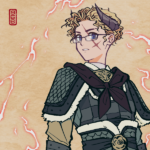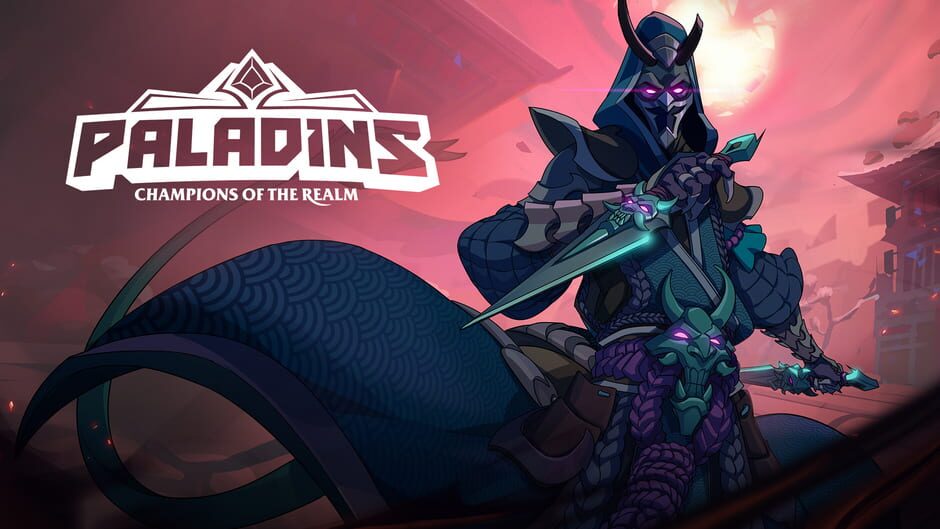
Paladins is the best game that’s really hard to recommend. It’s a multiplayer hero shooter developed by Hi-Rez Studios, previously famous for Smite. Its world and characters are primarily fantasy-based, but it’s the kind of fantasy where characters are still allowed to use guns. Matches pit teams of five players against each other for control of objectives in a small variety of game modes. The roster is absolutely massive, including over 50 characters, and is continuously growing as the game is updated. There is a heavy focus on playstyle customization, allowing you to create loadouts and buy items to counter your opponents and hone your style. Paladins is a lot of fun to experiment with and play.
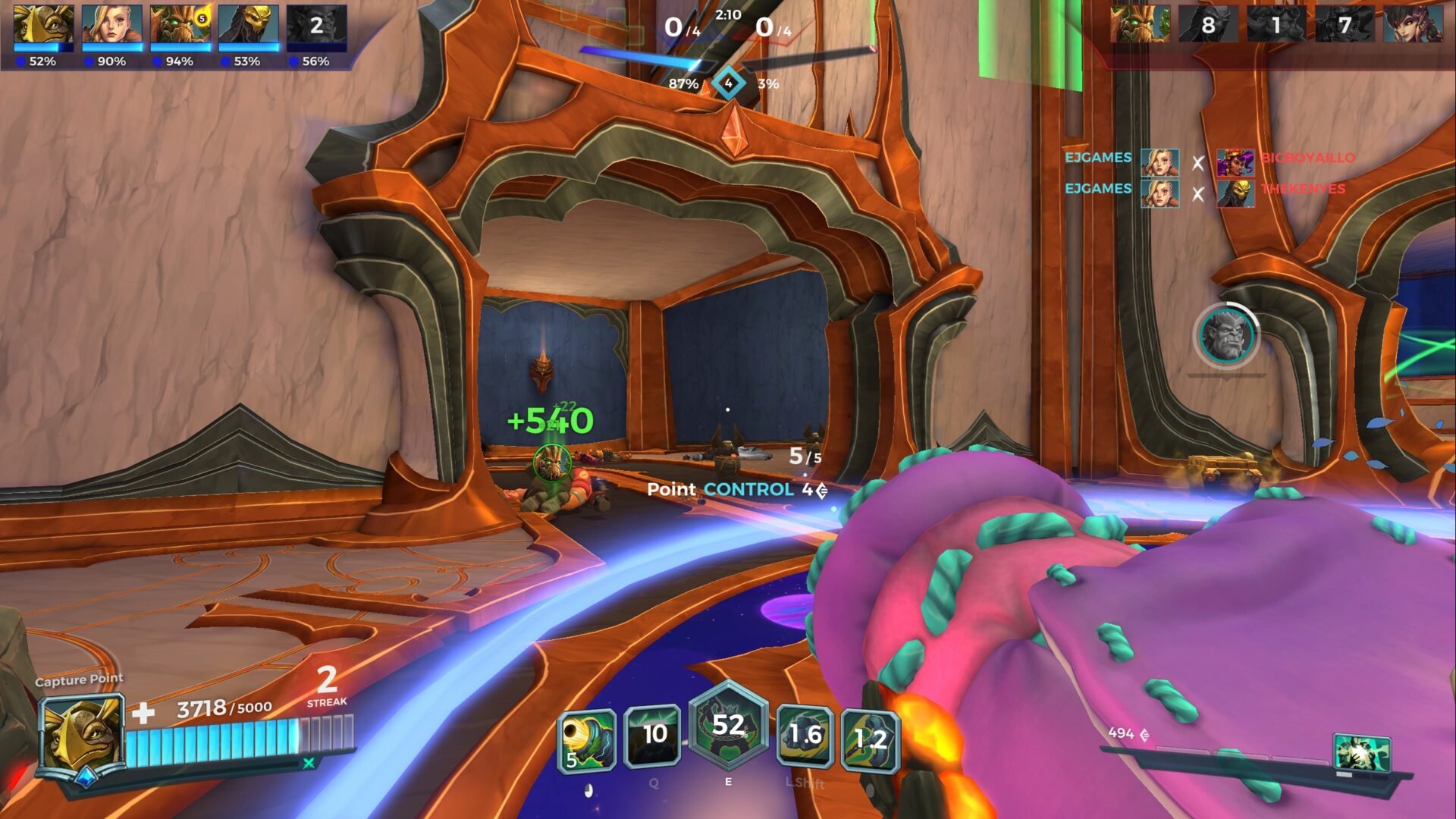
Paladins currently has three main game modes. Team Deathmatch is fairly self-explanatory: two teams fight to a score limit. Onslaught is a king-of-the-hill type mode, and plays like a regular deathmatch with the addition of a capture point that moves around during the match. The main attraction, however, is Siege. Siege maps have a central capture point, and after a team captures the point, a payload spawns and they must push it into the enemy base to score points. Of the three, Siege has been in the game the longest, and Paladins was built with Siege in mind. It’s the gamemode that you play in ranked matches, and it generally feels really good to play. Other limited-time game modes will come in from time to time as part of special events, but Siege, TDM, and Onslaught are the three big ones you can always play. Within these modes, there are a plethora of champions to play as, each with their own abilities and identities. The variety on display is quite impressive.
There are over 50 different champions in Paladins (at time of writing) split across four classes: tank, support, flank, and damage. Tank champions are brawlers that can either control space or bully the enemy. Supports are your healers, flankers excel at movement and burst potential, and damage champs…do damage. Character design has had its ups and downs over the years, but most of the roster feels unique to play and there’s plenty of fun to be had. For a couple of examples, Mal’damba is a support whose main weapon is his pet snake. Terminus is a reanimated stone warrior kept alive by a magic core in his chest. Buck is a buff monk who can leap across the battlefield with a shotgun. There is undoubtedly someone in the Paladins roster that will be interesting to anyone who tries out the game. This isn’t to say that the character design is flawless. The number of champions available brings with it some kit overlap, and at times you’ll realize that some characters do the same or very similar things with their abilities and weapons. The aesthetics of the champions also have a unique duality. Champs can look amazing and cool, or they can look uninteresting and bland. There are plenty of characters with unique visual identities and some that fall back on either overcomplicated or highly predictable design, and sometimes they manage to be sensibly dressed. This applies more so to character skins and cosmetics, but it’s worth mentioning that a lot of character models and skins have various levels of sexualization.
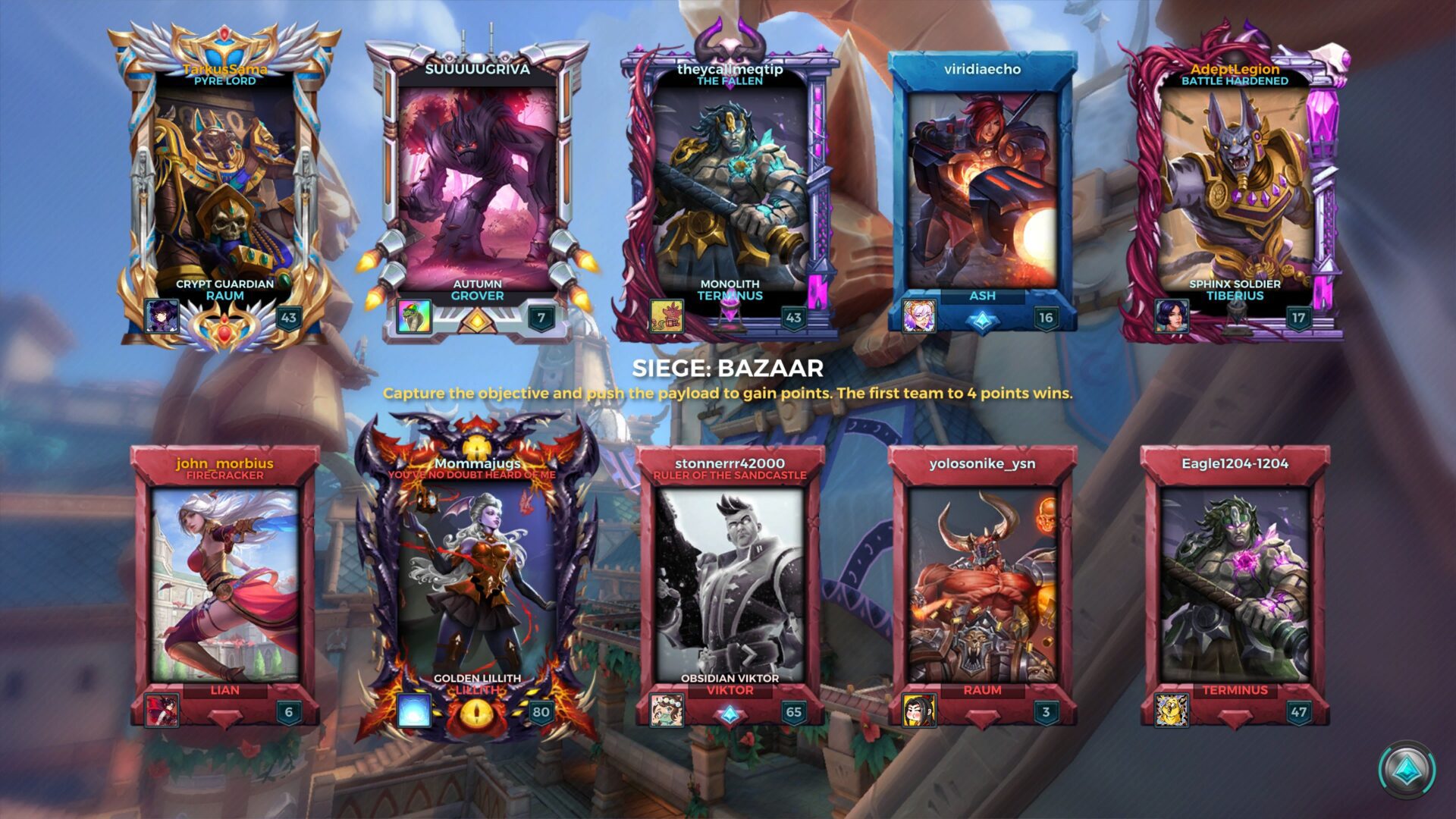
Character customization is not solely in the cosmetic sense, though. More importantly, you can build multiple loadouts for your champions that add passive buffs like additional ammo or self-healing and grant conditional bonuses like damage reduction if you hit a certain ability. You can select one of three champion talents, which drastically change the way the champion behaves, and then a loadout made of five cards. This allows you to counter your opponents even when you can’t swap champions mid-game. You’re also allowed to buy items from an item store throughout the match that grant similar effects such as reload speed or shield strength. Much of Paladins’ customization and character-building is inspired by MOBA games such as League of Legends or Dota 2, and it lends the game a greatly-appreciated depth that most shooters don’t have. You have to carefully select your cards to enhance your own playstyle while also picking items to deal with specific threats, which turns the beginning of each match into a quick round of guessing what your enemy will do and trying to set up your team to counter them.
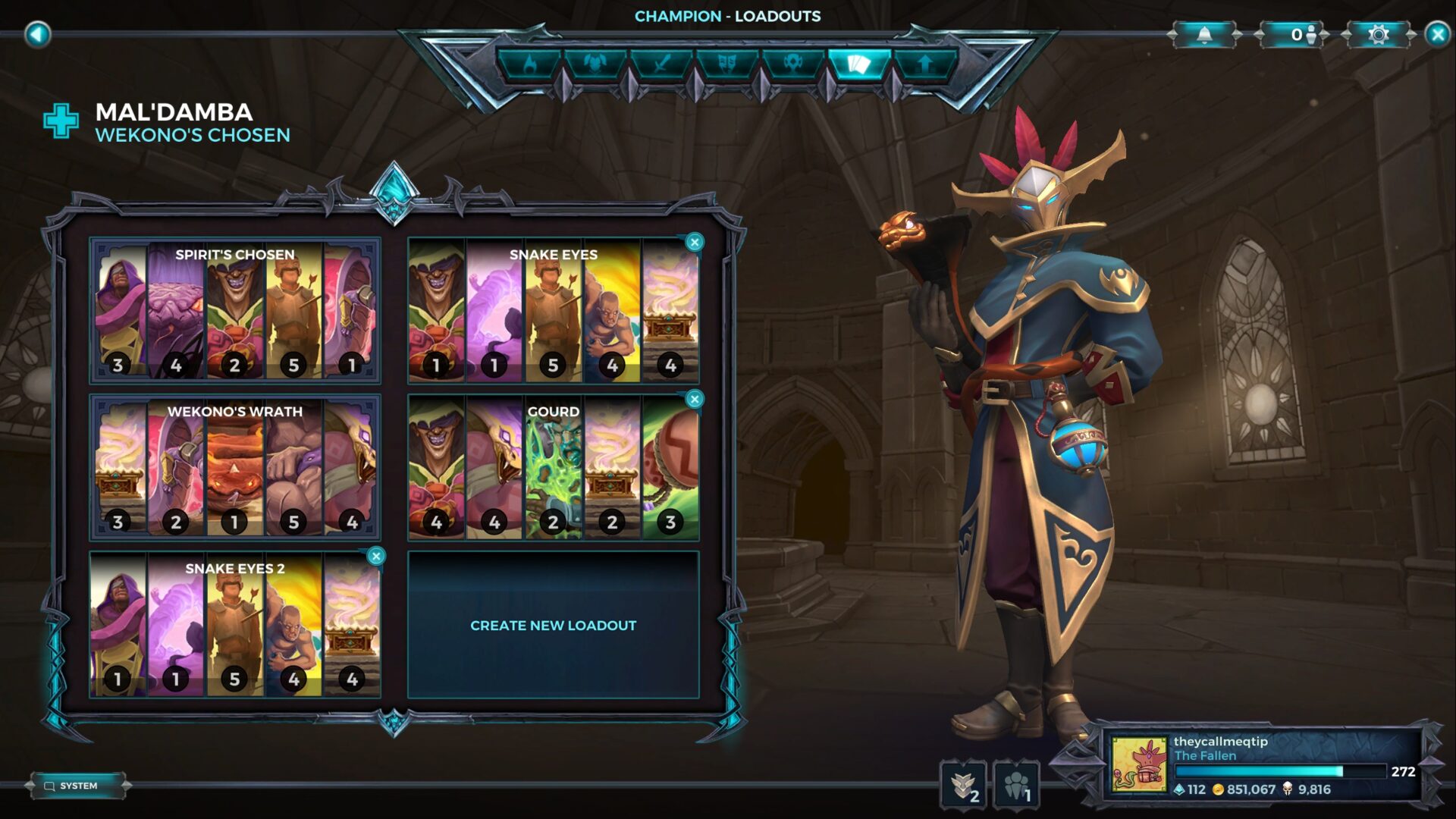
The story of Paladins is told in an interesting way, and if you dredge back through updates from three or four years ago, you can see how that story has evolved. At first, there was just a collection of characters with cool backstories. Then, those stories became connected and characters knew each other. Now, each new update has a new chapter in the actively progressing story, and each new champion is relevant to that part of said story. For the newcomers, this is kind of a lot to take in, so you shouldn’t worry about understanding everything from the get-go. In brief, there are four factions. The Magistrate is the ruling class of the realm, enforcing order by any means necessary. The Resistance is exactly what their name implies, a group fighting to dethrone the Magistrate in the name of justice and freedom. The Abyss and the Pyre are the two supernatural factions depicted as an extremely loose fantasy interpretation of Heaven and Hell, and each support conflict whenever it benefits them. There’s more to the story, and most champion descriptions will tell that story. Ultimately, it’s a unique storytelling method for a hero shooter, and it works. Champions sometimes have limited time events tied to them, and these work to enhance the current plot point, with mixed success.
Recommending Paladins comes with several large asterisks. Both story and gameplay are fantastic, so the game is fun to engage with if you enjoy hero shooters. The developers are Hi-Rez Studios, and this implies two things. First, they are the textbook definition of rough around the edges. Paladins is buggy and frequently unbalanced. Of course, experiences will differ from player to player, so your mileage may vary. Whether or not this is a dealbreaker depends on what you personally want out of your experience. Secondly, community involvement is a top priority. This in particular has improved over the years, especially with regards to the aforementioned bugs and balance issues. Updates always have a livestream where the devs talk about the patch notes, new player icons, champion skins, and player titles are frequently added that represent or commemorate the community of players and content creators. It’s abundantly clear that the people working on the game have a passion for what they do and the community they’ve built.
At the end of the day, Paladins is a lot of fun to play. The game is very much a mixed bag, but there’s something in that bag that makes it worthwhile for a lot of players. Maps are beautiful, characters are fun to play, developers interact with their players, and you can’t really ask for much more out of a multiplayer game. Paladins is best enjoyed with a friend or two, mostly because of the team-based nature of the game, but also so you don’t have to deal with quite so many rude or toxic players when you crash to desktop or get disconnected from the server. This game is by no means polished or perfected, but it is fun. When it works.
Scoring: 80%
Gameplay: 5/5
Graphics: 4/5
Controls: 3/5
Story/Setting: 4/5
Morality/Parental Warnings
Language: Some foul language is present, some of it is arbitrarily bleeped out in game audio
Violence: There is typical cartoon shooter violence. Nothing realistic but there are guns and fire and such
Sex/nudity: A lot of the female and some of the male characters are sexualized in their appearances and optional skins, which is frequently presented as skimpy clothing. Some of the voice packs for said skins are chock full of innuendo.
Magic: There are a lot of characters and skins for said characters that heavily lean into magic, mythology, or fantasy depictions of angels/demons.
